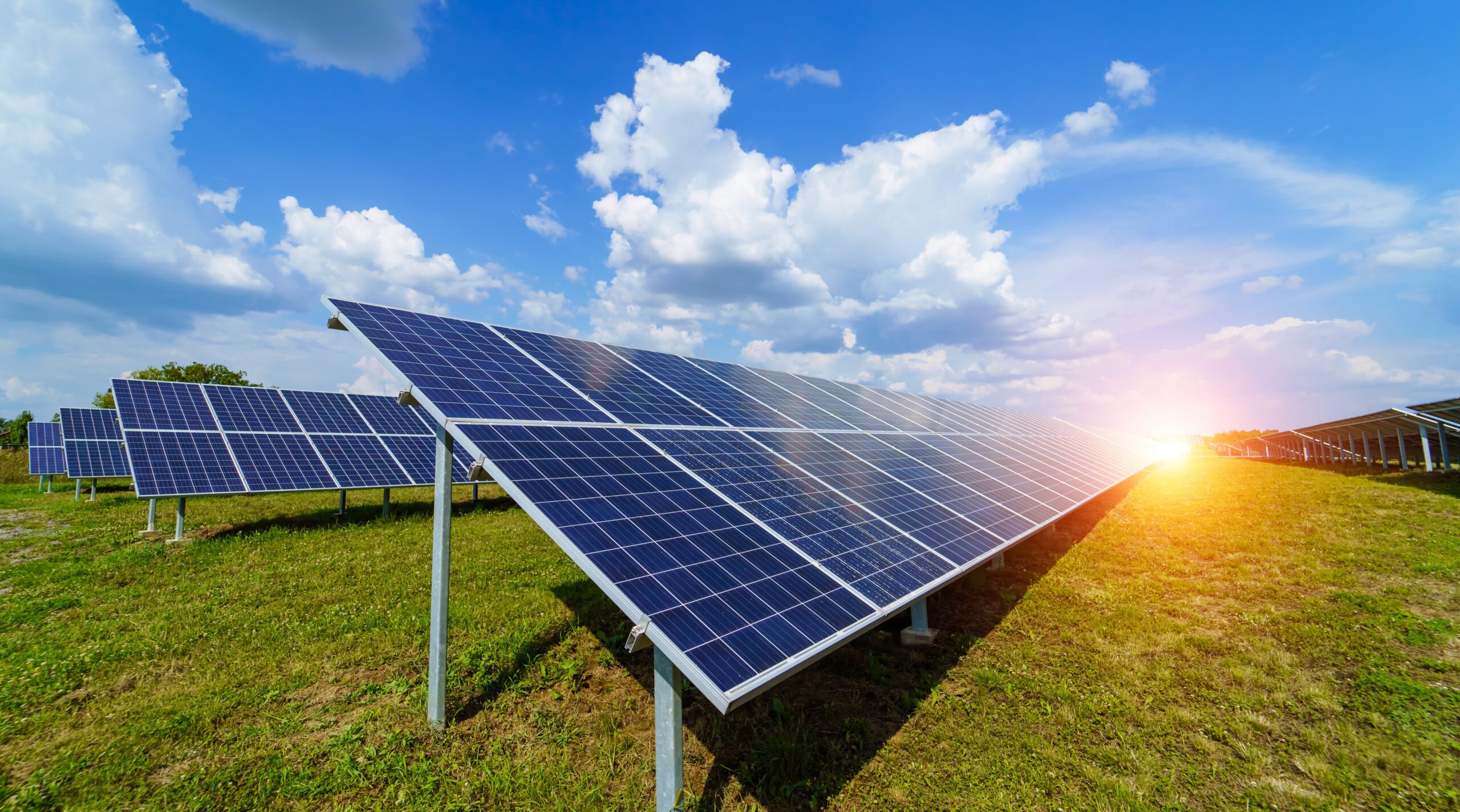THE NATIONAL GRID IS CHANGING
At a fascinating public talk, one of a series organised by community group Energy Alton, Roger Munford explained to a large audience at the Community Centre how community energy schemes are bringing about the development of the Smart Grid – the biggest change in the distribution of electricity since the National Grid was invented. He illustrated the talk with exciting stories of ‘daring do’.
Roger Munford is a director of the solar farm near Lymington (see pic.). He explained the amazing story of how the National Grid was invented, almost by accident. One night in 1937 the engineers decided to see if they could link all the regional grid networks together. It worked and has never failed since. Now we have interconnectors to France, Holland and Ireland. Soon our electricity supply will be connected to Belgium, Denmark, Norway and Iceland.
The National Grid distributes power generated from four major sources, turning the generators on and off as needed, a split-second decision to keep our lights on. The oldest source, coal is being phased out in the drive to reduce carbon emissions and pollution; electricity generated from nuclear power and gas is currently the bedrock of supply. But electricity from renewables, especially solar and wind (onshore and offshore) is growing rapidly and now generate about a third of our electricity supply.
Large-scale battery storage is also developing quickly, following the lead of pioneers such as Elon Musk’s big battery in Australia, which stores renewable energy. It jumped into action when a local power plant failed- all within mini-seconds, last December. Another huge success story.
Battery storage is especially useful in evening out demand for electricity, which of course peaks in the evening. Battery storage can prevent the need to stop and start generators, improving efficiency and therefore saving money. As technology continues to develop and electric cars become more common, their batteries could be used temporarily to store electricity, as they are typically charged overnight. New petrol and diesel cars are being phased out by 2040. Roger reassured the audience that there is plenty of electricity to power these new cars, because most will be charged when there is surplus in the grid.
About 40 percent of the cost of electricity is from its distribution. Community energy models are now being explored, for example in Cornwall, to make best use of the electricity generated locally from renewable sources, retaining its value locally and reducing the costs of distribution, backed up by the large suppliers. So the Smart Grid will be much more local than the present centralised National Grid.
The audience were cheered by the news of these new developments and especially hearing that solar, wind and tidal power are now cheaper than oil and gas.
Technology is developing incredibly quickly. Energy Alton will be following it and looking out for developments that would benefit our town. Watch this space!


